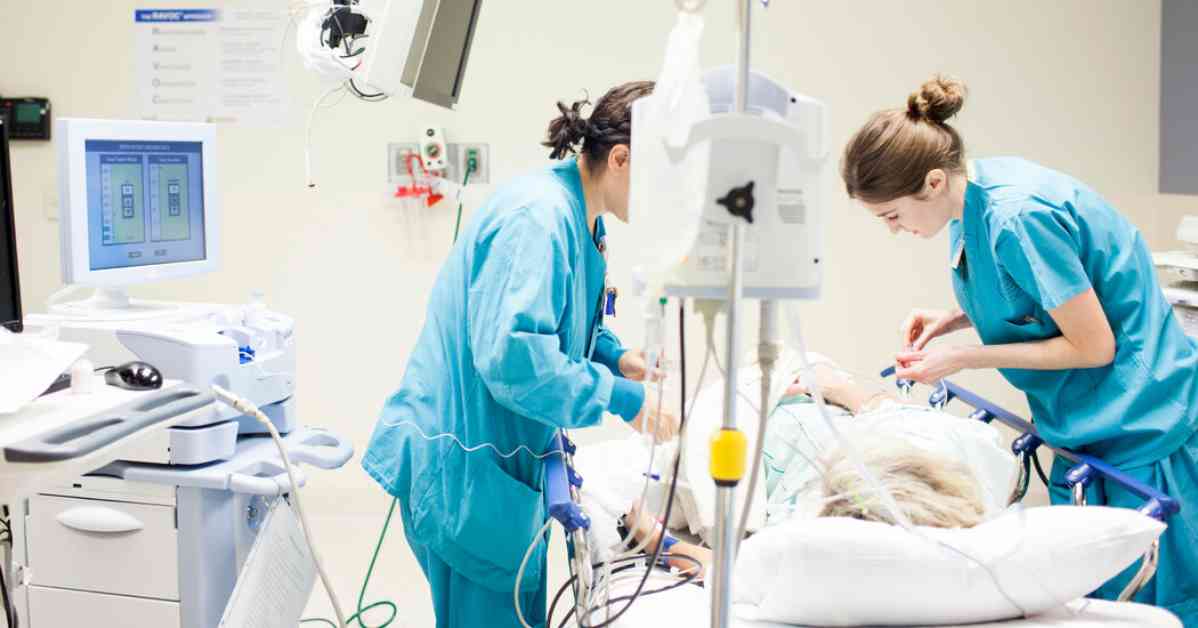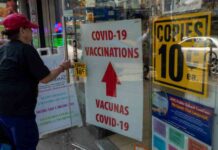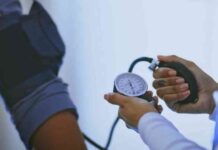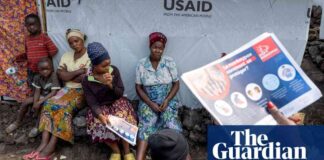The United States spends a significant amount of money on cancer screening each year, with estimates showing that $43 billion was spent in 2021 alone. This cost is attributed to screening for five specific cancers – breast, cervical, colorectal, lung, and prostate. Among these, colonoscopies were found to be the largest driver of screening costs, accounting for 55 percent of the total expenses.
According to a study published in The Annals of Internal Medicine, the total amount spent on cancer screening likely exceeds $250 billion annually in the United States. The researchers behind the study focused on the costs associated with recommended screening tests for the five aforementioned cancers. They found that over 88 percent of the screening costs were covered by private insurance, with the remainder primarily funded by government programs.
Dr. Michael Halpern, the lead author of the study and a medical officer at the National Cancer Institute, expressed surprise at the high cost of cancer screening. He noted that the $43 billion estimate is likely conservative due to limitations in the analysis conducted.
For Karen E. Knudsen, the CEO of the American Cancer Society, the value of cancer screening is undeniable. She emphasized that early detection through screening significantly improves the chances of survival for individuals. Dr. Knudsen stressed that the cost of screening is minimal compared to the financial burden of being diagnosed with late-stage cancer.
While some researchers support the importance of cancer screening, others argue that it may be overused. They suggest that there is a weak correlation between early detection and improved cancer survival rates. These critics believe that the money spent on cancer testing could be allocated more effectively.
Overall, the significant financial investment in cancer screening highlights the importance placed on early detection and prevention in the fight against cancer. Despite differing opinions on the efficacy of screening, it is clear that the cost of these tests plays a crucial role in the overall healthcare expenditure related to cancer in the United States.

















